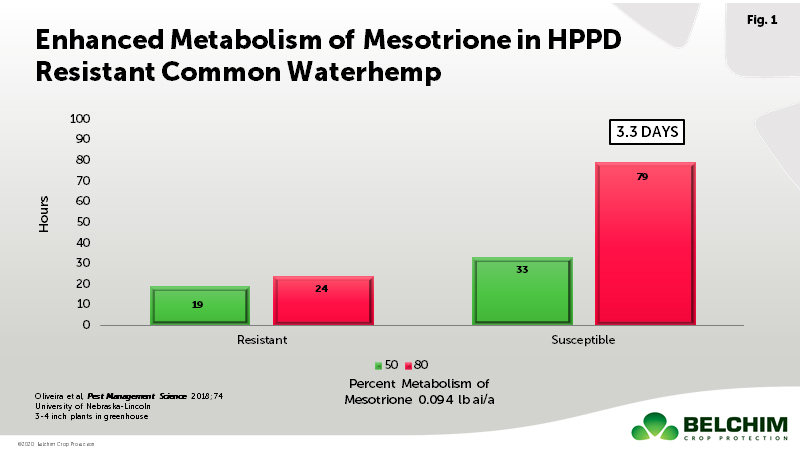Plant Availability of Potassium in Soil Minerals: What’s Happening Near the Roots?
Plants require a lot of potassium (K), and most of what plants need comes from the soil, writes T. Scott Murrell, Director, Possium Program, International Plant Nutrition Institute. Soils contain a variety of minerals that contain K in their structures, but that K is not readily available for use by the plant. The traditional view is that K in these minerals comes out in small quantities over long periods of time as soils age. Physical forces and chemical reactions slowly break down these minerals, a process called weathering, releasing K into the soil water where plants roots can take it up.
While this traditional view is correct for the bulk soil, weathering can occur quickly in the zone of soil right around and influenced by the root. This zone, called the rhizosphere, has a chemical and biological composition much different from the bulk soil.
Bacteria bloom in the rhizosphere. Bacterial populations are often several times those found in the bulk soil. As plant roots grow, they leave behind a lot of carbon. This carbon comes from dead cells and from chemical compounds they release, including mucilage, a gelatinous substance that lubricates the root tip as it extends into the soil. Soil bacteria need carbon, and the rich supply of it in the rhizosphere fuels their growth.






